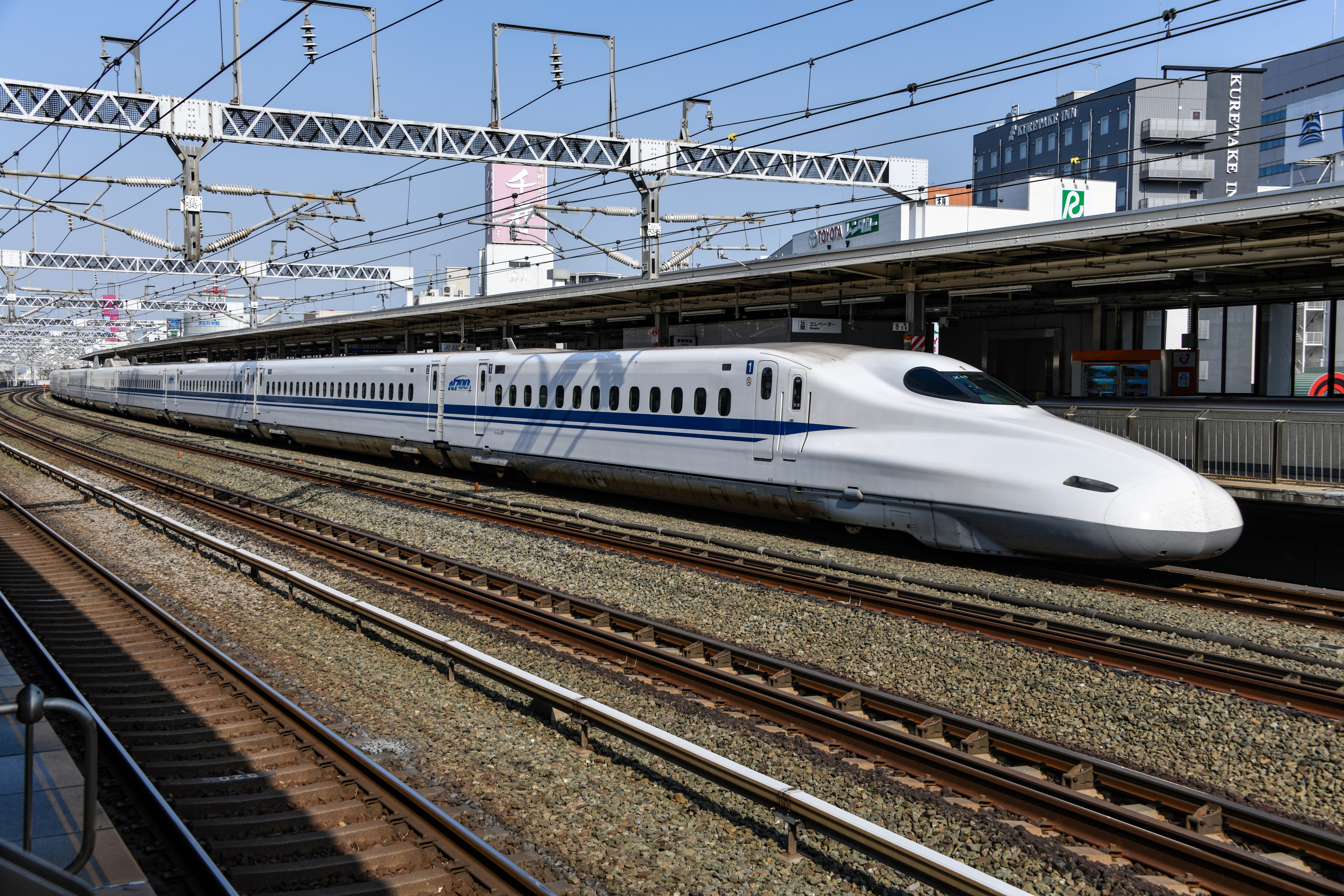Using electric trains has helped minimize the time used in traffic jams and time used while on a flight. The first maglev train was opened in 2004 in Shanghai, and it was for commercial use. Others have been used in Japan and Southern Korea.
Trains use either electromagnetic suspension or electrodynamic suspension. EMS system uses magnetic forces from both the sides and underside of the train to levitate the train. EDS system involves where magnets repel. The magnetic attractions are supercooled and superconducted, thus providing electricity. Friction on the train wheels is eliminated on the rails. Therefore, making them move at a higher speed. Of over 500km per hour. The rails are in a position to overcome air resistance, thus enabling the maglev train to produce more energy.
The maglev trains require less operation and maintenance costs. Due to a lack of friction on the train’s parts and rails – there is less use of materials for repairs. They do not pollute the air when moving. There is no fuel combustion taking place. Thus, they provide a quiet environment for passengers while on board. The trains can operate on any land grade – ascending or descending. No energy and cost are required to excavate tunnels.
Maglev train do not require drivers. They move on the directed sides instructed by the network. Computer algorithms have made the process efficient and effective. Thus, making the transportation sector to be more flexible. The pure use of physics to make maglevs work.
On the other hand, maglev trains require a lot of the latest infrastructure to build the rails. They cannot operate on the railroads used by other traditional trains. It is expensive and requires a lot of capital to construct the maglev train system. They use scandium and yttrium, which are unique elements to manufacture.
The maglev trains operate within a short distance. Japan has the idea of developing a high-speed train that will operate over a long distance by 2027.

